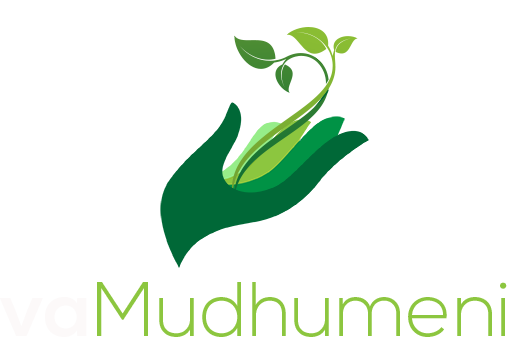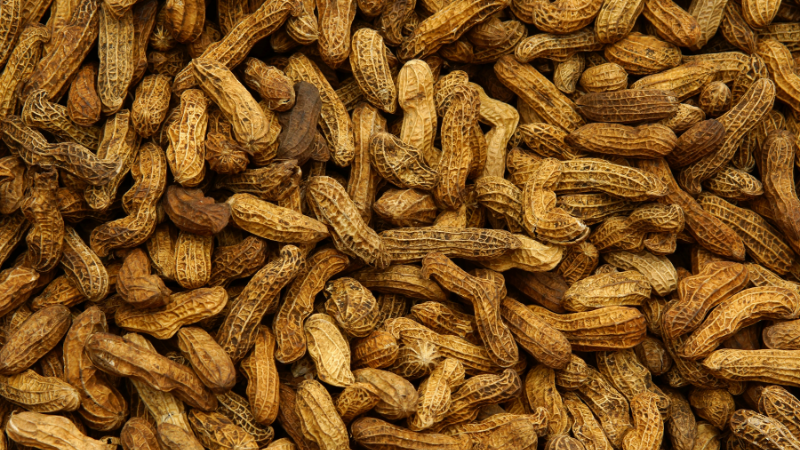By Fambisai Floyd
Groundnuts are leguminous plants which are an important oilseed used in baking, oil pressing and manufacturing of peanut butter also be used as feed to feed animals and it generates residual nitrogen to the soil.
Soils and land preparation Groundnuts are best grown in deep, well-drained soils which include sand and sandy loam soils with ideal pH is 5.3 to 6.8. Groundnuts are grown before maize in rotation and maize could benefit from residual nitrogen and reduced the amount of applied to the maize crop. They do best after deep ploughing followed by discing to have a fine tilt. Groundnuts are a good crop for intercropping with cereals where herbicides are not used.
Varieties
- Nyanda This is a very short season, two seeded pods variety. Yields of 1t/ha. Drought stress tolerance.
- Mwenje A very short duration, taller statured variety
Falcon.
Spacing Ground nuts are spaced at 0.5-0.75cm in row and 0.450cm inter-row and planted at a depth of 50-75mm. Seed requirements are about 100 kg per ha.
Fertilizer They are best grown in rotation with cereals (e.g., maize and sorghum), which have been well fertilized, as it responds well to previous applied fertilizer and manure. Application of compound D 300 kg/ha of a basal fertilizer. When there is low availability of calcium at pegging stage will result in a large proportion of empty popping shells so calcium may be supplied with Gypsum (calcium sulphate) at a rate of 250 kg per ha broadcasted over the plants at flowering (7 to 8 weeks after planting).
Weed control Weeding is done at early stages of crop growth. One may use herbicides like Alachlor and Dual if not intercropping with cereals. Earthing up by building soil around the plant is a practice done in sand soils to cover of the pegs to reduce exposure to direct sunlight.
Diseases Cercospora
Pest White grub, termites and aphids
Harvesting This is the most important part of groundnut production, because of the heavy losses and disease infection that may occur at this time. Mature seeds have a seed skin (testa) which cannot easily rub off, and has developed the true colour of the variety. The process of harvesting includes loosening the soil, lifting the plant, wilting, cocking (curing), picking and finally shelling. When cocking the groundnuts, keep the plants off the ground. The cock may constructed in a way to allow free flow of air through the cock (to facilitate rapid drying). Shelling of groundnut pods may be done by hand or machines. 100 kg of unshelled nuts may produce 50 to 70 kg of shelled nuts.

